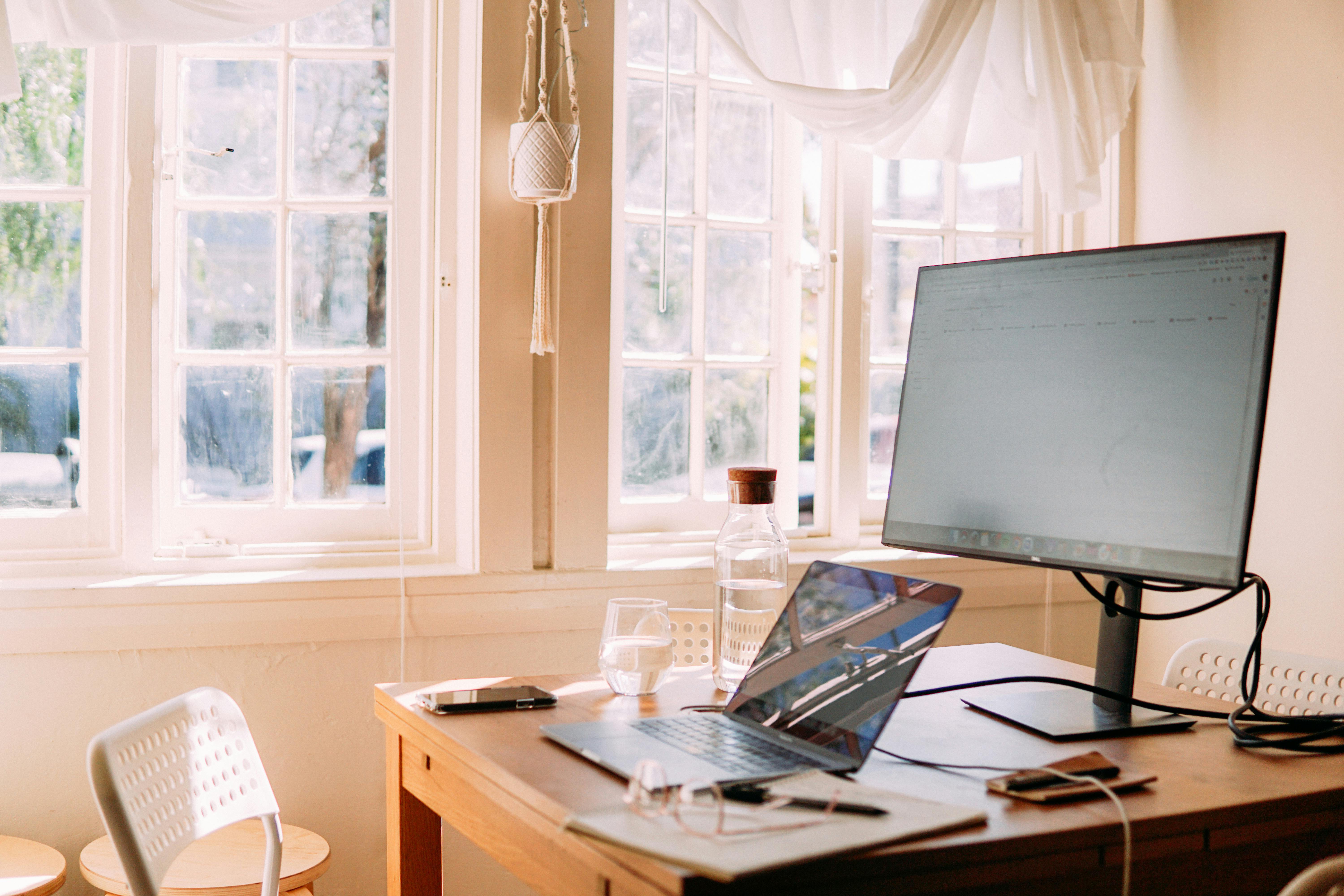
Implement Small Changes To Keep Remote Work In Check
Enjoying the flexibility of working from home often brings unexpected distractions that can interrupt your concentration. Design a workspace that helps you focus on your daily tasks, and set up routines that give your day structure and purpose. Small breaks throughout the day help you recharge so you can stay focused and avoid fatigue. When your work environment and habits support your goals, you can maintain productivity and still find time to relax. This balance helps you get the most out of your remote work experience while keeping stress and burnout at bay. Make each day both effective and enjoyable from start to finish.
Advertisement
This guide provides straightforward changes you can easily adopt. Each adjustment relies on everyday tools and simple habits, so you don’t need fancy gear or complicated programs. Try one tweak at a time until it becomes part of your workflow.
Set Up a Dedicated Workspace
Find a spot that signals “work mode” to your brain. Choose a desk or table in a quiet corner, away from your bed or couch. This separation helps your mind stay sharp when you sit down.
Keep your setup minimal but practical. A clean surface helps you focus, and a few items reduce clutter.
- Ergonomic chair or firm seat cushion
- Monitor or laptop stand to raise your screen to eye level
- Adjustable desk lamp or natural light source
- Noise-canceling headphones or a white-noise machine
- Simple cable organizer or clip-on clips
Personalize your space without overloading it. A small plant or a photo can boost your mood, while a dependable mouse and keyboard help you work efficiently. When you sit here, your mind shifts into work focus immediately.
Keep all non-work items off your desk. Store chargers, snacks, and personal notes in a nearby drawer. Each morning, clear the desktop so only the tools you need remain.
Establish Consistent Routines
Create rituals that mark the start and end of your workday. Routines tell your mind when to begin and stop, creating clear boundaries between tasks and free time.
Choose a wake-up time that fits your schedule, then stick to it—even on days without early meetings. This consistency helps sharpen your internal clock.
- Morning ritual: Brew tea or coffee, review today’s top three tasks, and stretch for five minutes.
- Midday check-in: Take a break at lunchtime to step outside, breathe fresh air, and recharge.
- End-of-day wrap-up: Summarize your wins, jot down tomorrow’s goals, and close tabs or apps.
Following these rituals helps you build a rhythm that keeps stress low. It becomes easier to dive into work when the timer starts and to truly rest when it ends.
If you miss your schedule one morning, adjust gently. The key is to return to the pattern the next day instead of trying to recover lost time.
Incorporate Micro-Breaks and Movement
Sitting for hours drains your energy and creativity. Reset with micro-breaks—brief pauses where you stand, stretch, or walk around for a minute.
Set a phone alarm or use the timer on *Apple Watch* to remind you every 50 minutes. Even a quick shoulder roll or ankle flex can ease tension.
Add simple exercises like wall push-ups, desk yoga poses, or calf raises while you take calls on speaker. This helps boost blood flow and refresh your mind.
Besides stretches, find tasks that require standing: refill your water bottle, swap documents between rooms, or tidy one shelf. These small tasks break up monotony without losing momentum.
Optimize Digital Communication
Online chats and video calls can speed your work, but they also risk filling your inbox. Keep things organized by labeling channels and grouping similar topics in tools like Slack or Microsoft Teams.
Set clear rules for messaging: use direct messages for quick exchanges, threads for detailed feedback, and status updates to show your availability. Let teammates know when you plan to focus and when you will respond.
Mute your microphone on video calls when you’re not speaking. This simple step reduces background noise and keeps the conversation clear. Use a headset mic if you share space with others.
Whenever possible, replace a long email chain with a ten-minute call. Real-time chats solve questions faster than back-and-forth typing and free up time for deep work.
Balance Productivity with Self-Care
You perform better when you feel good. Drink water regularly, choose meals that provide steady energy, and set aside time to rest.
Block a 15-minute self-care slot in your calendar each day. Use it for reading, journaling, or stepping outside for sunlight and fresh air.
Plan a longer break at least once a week—an evening walk, a virtual class, or a creative hobby session. These activities recharge your motivation and help you return to tasks with fresh ideas.
If you notice fatigue setting in, pause and evaluate. A short meditation session on an app like Headspace or a cup of herbal tea can improve your mood and sharpen your focus before you get back to work.
Make one adjustment each week to steadily improve your routine. Begin today by picking one tip to practice.
Advertisement